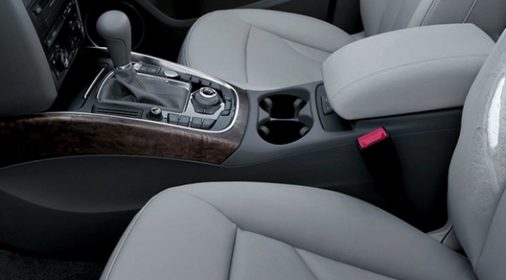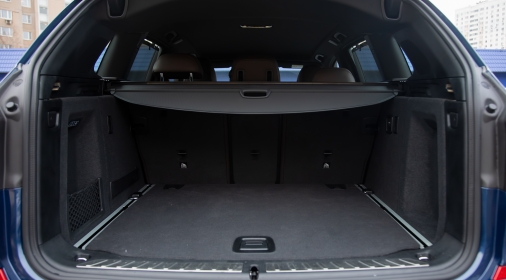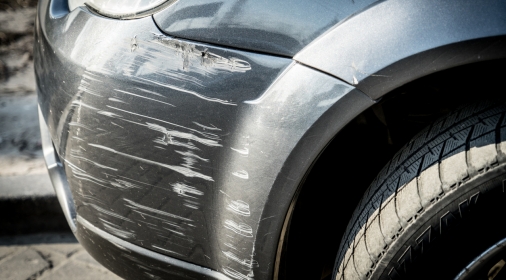Interior Car Repair: Quick Fixes
Whether you are preparing your vehicle to be sold or just want to freshen up your daily commute, repairing any damage in the car’s interior is always a good idea. It’s inevitable that your car’s interior will need some kind of repair over its lifetime, from holes in carpets to tears in the upholstery. So, we have put together our top tips for interior car repairs.

Interior Car Repair: Repair or Replace Carpets
Over time your car’s carpet will inevitably suffer a good deal of wear and tear, especially on the driver’s side. If your car’s carpet becomes damaged, it’s a good idea to get it repaired as soon as possible. A ripped carpet on the driver’s side can be a hazard and potentially cause an accident if the carpet becomes caught on the pedals. Repairing the carpet is also beneficial in preserving the car’s value. If you intend to sell your vehicle, you are more likely to get a better price if the interior and exterior are in a good condition.
Firstly, decide whether the carpet can be repaired or if the carpet needs to be replaced. If the carpet has been worn down to the thread in the footwells, it will likely need to be replaced. However, if there is just a small rip or fray in the carpet, it could be repaired.
How to Repair Car Carpets
There are two methods that can be used to repair a small hole, tear or burn in the carpet. The first is repairing a tear in the carpet by sewing it.
- Carefully vacuum the area to ensure there is no debris which will make the tear worse or damage the repair.
- Thread a needle with a strong string that matches the colour of your car’s carpet and knot the end of the thread.
- Bring both sides of the carpet together, they will need to be tightly together for a seamless finish. You may need to ask someone to hold these together so you can move onto the next step.
- Thread the needle through the underside of one piece, then make a running stitch that does from one side to the other. This method should gather the material and close the tear.
- Once the tear is tightly repaired from one end to the other, make a knot under one of the stitches to secure it.
The second method that can be used to repair a carpet hole, burn or tear is the patching method.
- Purchased a car carpet repair kit with adhesive.
- Using a tape measure, measure the height and width of the patch that needs to be removed.
- Using a utility knife, carefully cut the section out. Apply enough pressure to cut through the carpet but be careful not to damage the underlayer.
- Now measure and cut the replacement patch out of the carpet from the repair kit.
- Following the guidelines on the manufacturer’s instructions, coat the underside of the carpet replacement with the adhesive.
- Put the carpet patch in place and leave it for at least 15 minutes to dry.
Car Carpet Maintenance
The best way to prevent wear and tear on your car’s carpets is to invest in good-quality car mats. These mats will prevent damage to your car’s carpet floor, reducing the need for a repair or replacement. You should also regularly vacuum the carpet to keep debris off it, to prevent any potential rips from sharp stones.
Vinyl Car Repairs
To protect your vinyl, it is a good idea to wrap paint protection film over the vinyl. Not only will this protect the vinyl against UV damage but it will also add a solid layer of protection from chips, preserving the vinyl for longer. If you have a tear in your vinyl wrap, you can use a vinyl patch to seal the damage. Firstly, you would need to remove the damaged vinyl area and the lifting around it. Secondly, ensure you cut a section of the vinyl accurately so that it will cover the damaged part, overlap the patch and seal the vinyl.
How to Restore Car Leather
If your leather car seats are starting to look a bit worse for wear, we have some top tips to help you restore your car’s leather back to perfection. Chemicals are often used to protect your automotive leather during manufacturing, however, they can still become damaged over time. There are many factors that can lead to car seat damage, including direct sunlight, food or drink spillages, excessive heat, wetting, and drying. Damaged leather can not only spoil the look of your seats but may also decrease the value of your car.
Car Leather Restoration – Safety First
Although working on your car is a fun, rewarding task. It can also have some dangers. There are certain things you will need before you begin.
- Gloves – preferably Nitrile gloves, these are used to repel irritants and possible chemicals that can be found in the seat cushions.
- Safety glasses – protect your eyes and get yourself a pair of safety glasses.
- Appropriate clothing – we would suggest wearing a long sleeve shirt or jacket to protect your arms.
It’s a good idea to get everything prepared and organised before you begin the process. Having your tools ready to hand will save you lots of time. Make sure you have a flat workspace, a driveway, or a garage floor would work well. Always check where you are working isn’t breaking any laws with your local council.
Restoring Car Leather Equipment
Here is a list of everything you may need to restore your car leather:
- Buckets
- Hoover
- Sponge
- Screwdriver
- Hairdryer
- Socket wrench set
- Scrubbing brush
- Leather cleaner and conditioner
How to Recondition Leather Car Seats
- Using your socket wrench, you need to detach the base of the seat from the floor. Also, detach any electrical components that be connected. Once you have removed the seats, rest them on a bench or work surface.
- It’s a good idea to get rid of any crumbs, dirt, and debris that may be trapped under the seats, by vacuuming. Be sure to get right in the seat crevices, as you don’t want any bits of debris mixing with the leather conditioner.
- Wipe down the seats using a damp cloth or towel and allow them to dry. Using a clean cloth, apply a little amount of the leather conditioner and apply it to a section of the leather to test it out. If the leather conditioner reacts in any way, stop the process. However, if there is no negative impact, proceed.
- Apply larger amounts of the conditioner to your cloth and spread all over the surface of the seats. Take care to avoid creases and crevices. To get into the crevices, you first need to dilute the conditioner with water.
- Once all of the conditioner has been applied, allow it to dry naturally. Once dry, reattach your seats and you will be left with beautifully shiny leather seats.
Top Tips
- If your leather seats have begun to tear or you notice cracks, instead of treating them, it’s best to replace them entirely.
- If treated incorrectly, leather can become brittle over long periods of time. Try and keep the leather out of the sunlight during the summer months. You can use a sunshade to block direct sunlight.
- If you protect and take care of your car leather, you may only need to restore the leather once or twice the entire time you own the vehicle. However, if you don’t look after the interior and give the leather no protection from factors such as direct sunlight, you may need to restore them as often as every few years.
Tears in Leather Seats
Tears in leather seats are a nuisance, however, luckily it doesn’t always mean you need new upholstery. The tears can be easily fixed using a repair kit, you can use the patches to fix up any holes or use liquid leather to hide any unsightly cracks and give the seats a nice finish.










